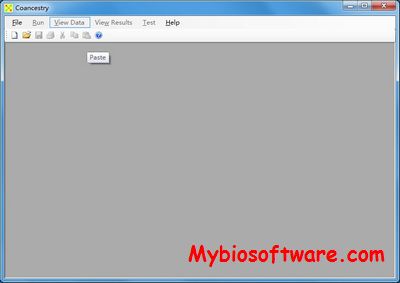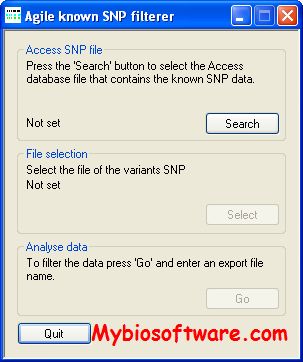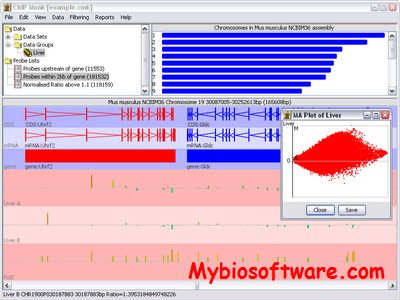SLiMSuite v1.9.1
:: DESCRIPTION
The SLiMSuite collection contains a number of open-source bioinformatics tools to analyse these important protein features. The main programs in SLiMSuite are: SLiMFinder, SLiMSearch, QSLiMFinder, SLiMDisc, SLiMPred, SLiMPrints, CompariMotif, SLiMMaker, PRESTO and GOPHER.
::DEVELOPER
EdwardsLab
:: SCREENSHOTS
N/A
:: REQUIREMENTS
- Linux / Windows / Mac OsX
- Python
:: DOWNLOAD
 SLiMSuite
SLiMSuite
:: MORE INFORMATION
Citation:
Bioinformatics. 2015 Mar 19. pii: btv155.
QSLiMFinder: improved short linear motif prediction using specific query protein data.
Palopoli N, Lythgow KT, Edwards RJ
Davey NE, Cowan JL, Shields DC, Gibson TJ, Coldwell MJ, Edwards RJ
SLiMPrints: conservation-based discovery of functional motif fingerprints in intrinsically disordered protein regions.
Nucl. Acids Res. (2012)doi: 10.1093/nar/gks854
Davey NE, Haslam NJ, Shields DC & Edwards RJ (2011):
SLiMSearch 2.0: biological context for short linear motifs in proteins.
Nucleic Acids Research 39: W56-W60
Davey NE, Haslam NJ, Shields DC & Edwards RJ (2010):
SLiMFinder: a web server to find novel, significantly over-represented, short protein motifs.
Nucleic Acids Research 38: W534-W539.
Davey NE*, Edwards RJ* & Shields DC (2007):
The SLiMDisc server: short, linear motif discovery in proteins.
Nucleic Acids Res. 35(Web Server issue):W455-9.
Edwards RJ, Davey NE & Shields DC (2008):
CompariMotif: Quick and easy comparisons of sequence motifs.
Bioinformatics 24(10):1307-9





